
The pricing of projector screens can vary significantly based on a multitude of factors, making it essential for consumers and businesses to understand the key determinants before making a purchase. These factors include screen size, material quality, type of screen, brand reputation, and additional features.
Screen size is one of the most influential factors in determining the price. Generally, larger projector screens come with a higher price tag. Small - sized screens, typically ranging from 60 to 80 inches diagonally, are more affordable and are often suitable for small home theaters, classrooms, or meeting rooms with limited space. These screens can cost anywhere from \(50 to \)200, depending on the material and brand. Medium - sized screens, in the range of 90 to 120 inches, are more commonly used in larger home theaters, medium - sized conference rooms, and small - scale event venues. Their prices usually fall between \(200 and \)500. Large - format screens, exceeding 120 inches, are designed for large auditoriums, cinemas, and large - scale events. These high - end screens can cost upwards of $500, with some premium models reaching several thousand dollars.
The quality of the screen material also plays a crucial role in pricing. Basic projector screens are often made of plastic or fabric materials with standard reflective properties. These screens are relatively inexpensive and are suitable for casual use in low - ambient - light environments. However, for more professional or high - end applications, screens made of advanced materials such as gain - enhanced fabrics or specialty optical films are preferred. Screens with higher gain values, which reflect more light towards the audience, tend to be more expensive. For example, a screen with a gain of 1.0 is a standard option, while screens with a gain of 1.5 or higher, which are better for large, well - lit spaces, can command a significantly higher price.
The type of projector screen also affects its cost. Fixed - frame screens, which are permanently mounted and offer a flat, taut surface, are usually more expensive than portable or pull - down screens. Fixed - frame screens are ideal for dedicated home theaters or professional settings where a high - quality, distortion - free image is essential. Motorized screens, which can be raised and lowered electronically, add convenience and often come at a premium compared to manual pull - down screens. Additionally, specialty screens such as curved screens for immersive viewing experiences or screens with specific features like ultra - short - throw compatibility are typically more costly due to their unique designs and manufacturing requirements.
Brand reputation is another factor that impacts projector screen pricing. Well - known brands with a history of producing high - quality products often charge a premium for their screens. These brands invest in research and development, quality control, and customer support, which justifies the higher prices. However, there are also many reliable budget brands that offer good - quality screens at more affordable prices, providing options for cost - conscious consumers.
In conclusion, the pricing of projector screens is a complex matter influenced by multiple elements. Consumers should carefully assess their specific needs, the intended use of the screen, and their budget to make an informed decision and select a projector screen that offers the best value for money.
Read recommendations:
HN30B Portable - HN Series Projector
Mirroring Your Phone Screen to a Projector
Advantages of 3LCD Projectors
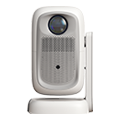
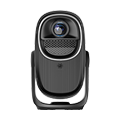



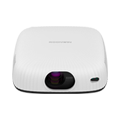
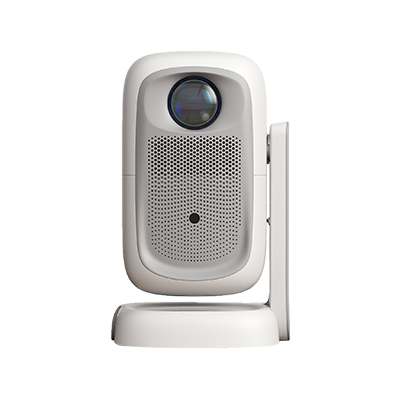
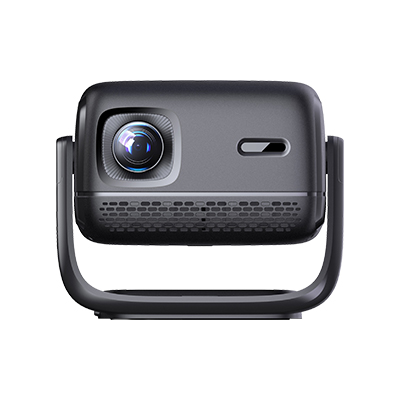
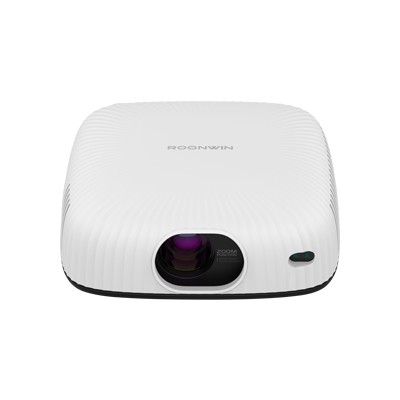









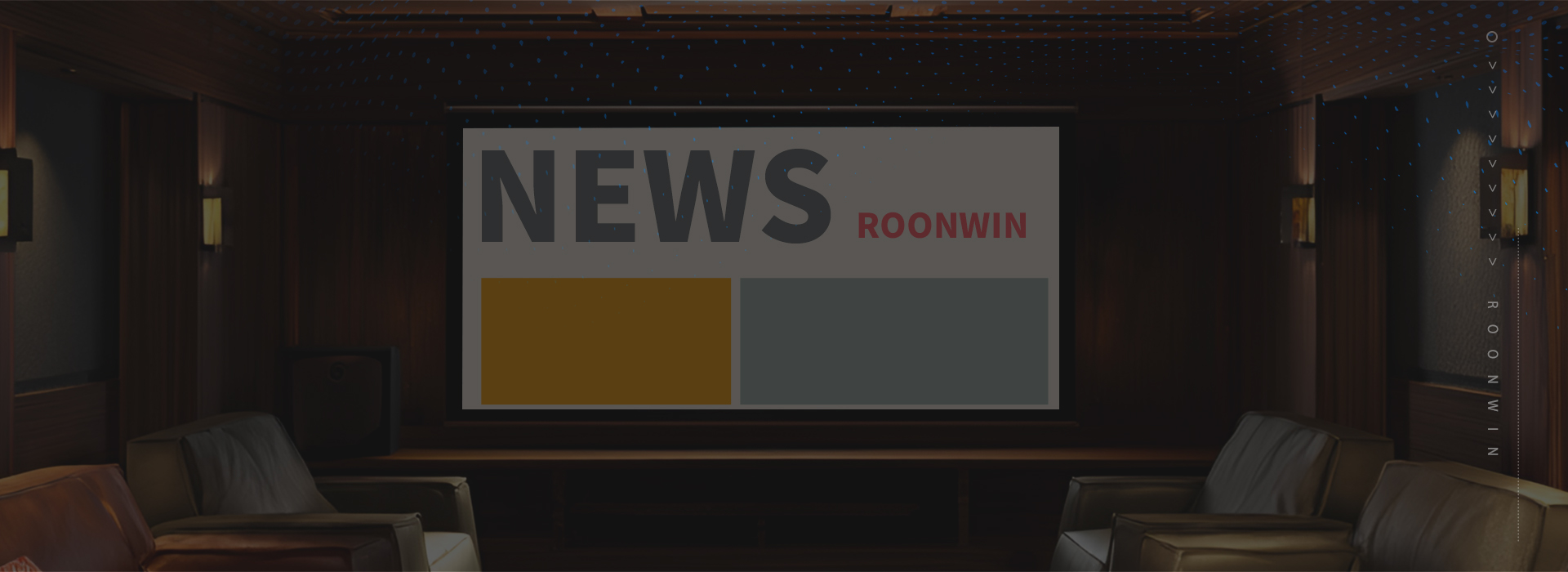
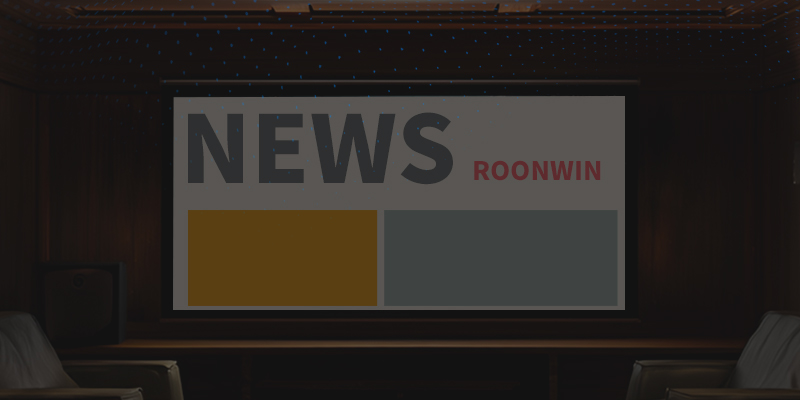
 Reviewed:
Reviewed:











